
Personality-Based Email Marketing: Advanced Targeting Tactics
In today’s competitive market, businesses seek more nuanced customer insights to boost email marketing campaigns. Psychographic data is on their radar, helping marketers create more data-informed buyer personas to deliver relatable content.
With the rise of behavioral tracking tools and AI, discussions about personality-based marketing is gaining traction into segmentation strategies. Not to mention that understanding what drives customers emotionally and behaviorally helps businesses refine their products and services.
Accessing this sensitive data while adhering to privacy regulations and maintaining a consistent brand personality can be challenging. Learn how to move beyond demographics, geographical location, and previous customer behavior, to talk the talk of diverse target groups in a way that feels natural to them. Plus, explore how to apply these tactics ethically.
What Is Personality-based Marketing?
Personality-based marketing refers to the use of psychographic marketing strategies to serve more personalized content to customers and prospects. Businesses use it to boost engagement and customer satisfaction and ultimately increase conversion rates.
According to Myers Briggs Big Five model, our personalities are shaped based on five dimensions: Openness to Experience, Conscientiousness, Extroversion, Agreeableness, and Neuroticism. Understanding where your customers fall on these personality trait scales can provide in-depth insights about their behavior.
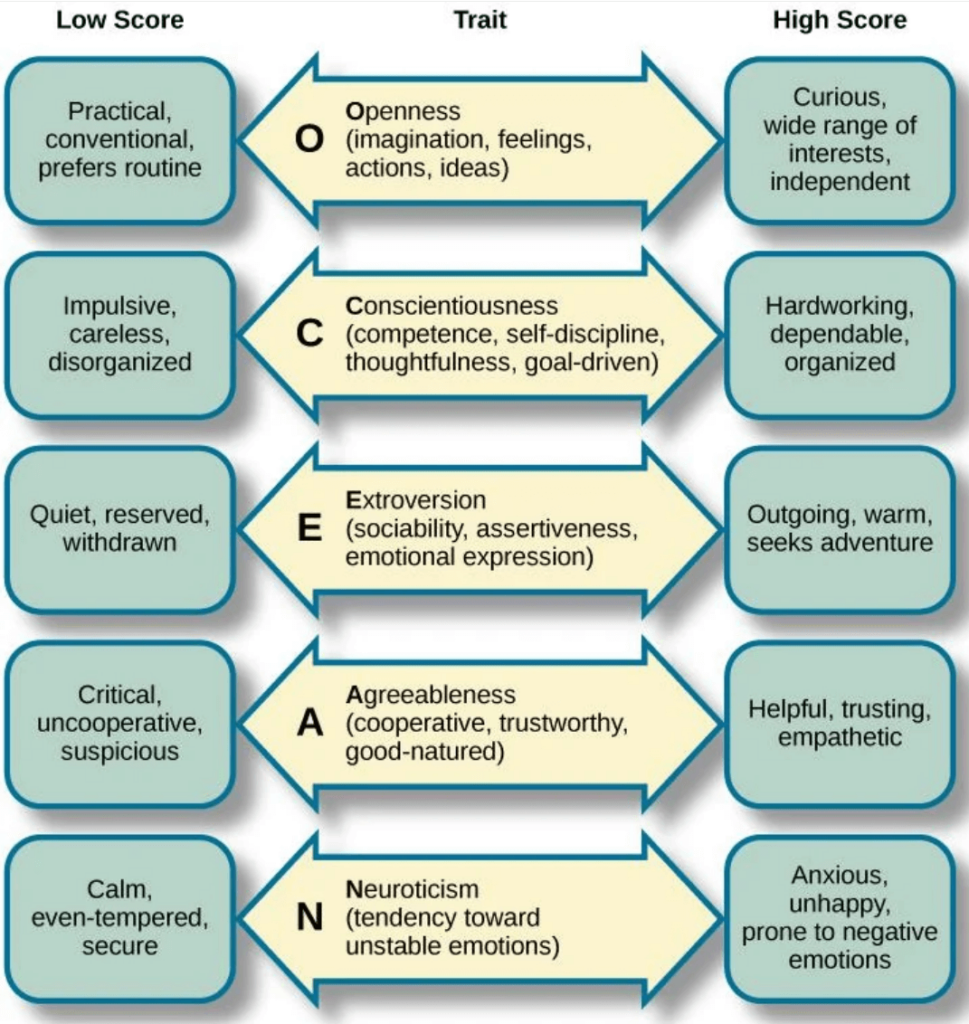
For example, a person with high openness is more adventurous and willing to take risks, whereas a customer with low probably resists change. Would the same email appeal to them? While that’s hard to answer due to the subtle nature of these concepts, we can confidently say that targeting each with relevant messaging would lead to better results.
To implement personality-based email marketing strategies, apart from analytics and behavior tracking tools, you’ll need a user-friendly email marketing service with relevant capabilities. Moosend offers advanced segmentation and personalization options, including tags and dynamic content, letting users build stronger relationships with their audiences through targeted content.
How Do Businesses Collect Customer Personality Data
How can you gather personality-based data to diversify your existing personalization tactics? Learn the most popular methods:
Send quizzes and surveys
One of the easiest ways to collect the most common personality types across your audience is by sharing a popular questionnaire such as MBTI. However, this is a time-consuming process, and many customers may find completing such questionnaires on a business’ behalf excessive.
Instead, design a survey from scratch with questions that point to certain personality traits, e.g., Introversion vs Extroversion. Here’s an example: “After a hectic day, do you prefer to unwind at home or socialize with friends?”
Before crafting a survey, find what traits you’d like to measure and why. For example, if you’re in B2B, learning about agreeableness is more relevant than extroversion, as you usually target professionals who make decisions on behalf of their teams. This will help you design more targeted questions and yield higher response rates.
Plus, be transparent about the goal of the survey, as the data you request is sensitive. Inform customers and prospects that understanding them better will let you refine your products and services and make more data-informed suggestions in the future.
Analyze website behavior
How do visitors behave inside your website? How many pages do they explore before moving to the checkout? And if they do not convert, what do they do next?
Analyzing those patterns will help you design better experiences for your customers and use them to capitalize on email-related strategies, such as cart abandonment and product recommendation emails. Leverage analytics tools like Google Analytics and Hotjar to make data-driven decisions.
Source social patterns
Dive into social engagement metrics to understand what content your audience interacts with. To dig deeper, you can use social listening tools like Sprout Social. Discover what the audience thinks of your brand and the emotional tone of their interactions.
Moreover, sharing polls on LinkedIn and similar platforms is a free and easy way to gather information about your target audience. For instance, if you have a retail business, ask them what type of gifts they prefer to give their loved ones during the holidays, and plan your seasonal sales with that info in mind. You can create different segments based on that data, too.
Explore email analytics
With segmentation being one of the top email marketing strategies, it’s hard to leave this channel unseized. It offers plenty of room for exploration, with features such as dynamic content and A/B Testing letting marketers find what works well and areas of improvement.
Discover content preferences and do reverse engineering to understand the prominent personality traits that drive certain behavioral patterns to tailor your messages accordingly. Plus, use a preference center to collect valuable information about your subscribers’ habits and needs to build an optimal personalization process.
You don’t have to analyze or assume how people behave. With an AI-powered tool like Audience Discovery, you get data-based predictions about preferences and actions along with campaigns that are highly likely to resonate with your audience.
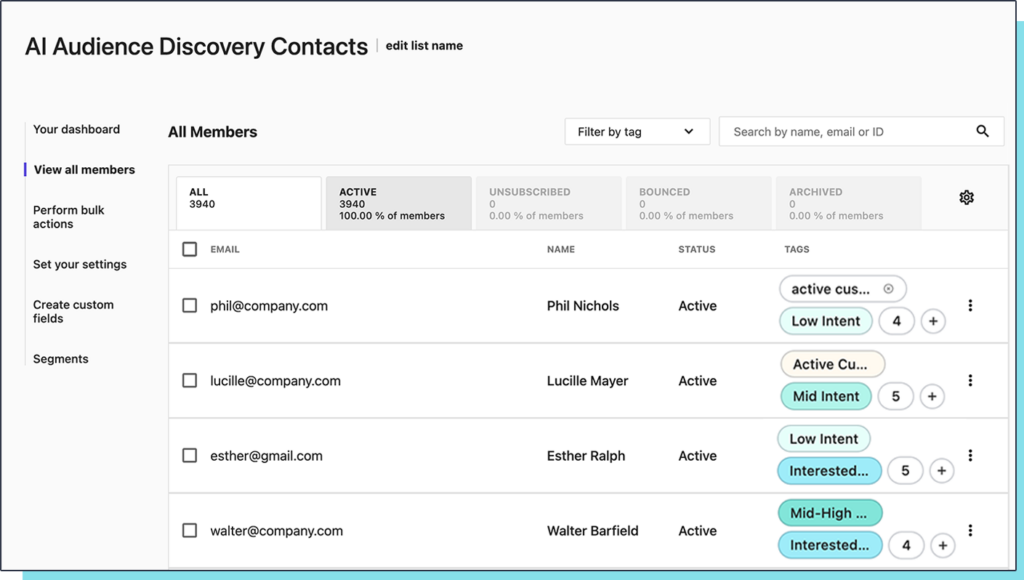
Leverage a CRM solution
Identify your audience’s key personality traits based on behavioral patterns and add them to your CRM to refine your strategies. CRM analytics will help you understand segment preferences and adjust your processes.
For example, if a segment values social proof, create psychographic segments to target this trait. Or if a segment prefers visual content, update your email templates to include more images and infographics. There are plenty of ideas to work on.
Personality-Based Applications for Email Marketing
Once you’ve collected the prominent personality-related customer data, use them to nurture existing and potential customers in a fitting way. Here’s how to use personality profiles to boost email performance:
1. Create personality-based email segments
Divide your email lists into different segments and tailor your messaging, offers, and visuals to subscribers’ personality traits. You don’t need to create many personality profiles as this could lead to a less sustainable strategy in the long term. Choose your top traits, such as Extrovert vs Introvert or Open vs Reserved and create different email versions that would speak more to those people’s expectations and lifestyle.
You can combine that data with other segmentation criteria to provide a richer personalized experience. Finally, use custom tags inside your email marketing platform to simplify your segmentation process.
2. Customize your messaging and email content
Let’s imagine that your business is in the apparel industry. How would an adventurous person navigate a promotional email compared to a reserved? The first would probably seek comfort and product quality, while the second would search for resistance and uniqueness. Adjust your copy to each type’s needs to boost your click-through rates.
As you can tell visuals matter, too. Help readers step in the shoes of portrayed models or navigate through colors that match their personalities to boost your click-through rates.
Check out these examples by Everlane and why we believe they speak to adventurous vs reserved types of people:
Our adventurous pick
Adventurous and open-minded consumers are likely to choose new experiences over safe paths they’ve already navigated. Send them your latest drops and limited-edition styles and win them over. Plus, the visual portrays a person in motion with an amazing style.

Our introverted pick
On the other hand, introverted people are more likely to be moved by safety cues and all-time classics. The static visual and copy inviting people to “step out of the house sometimes” is suitable for these personality traits.

Finally, you can also leverage dynamic content blocks to serve different content formats to each customer based on these traits.
3. Refine subject lines and CTAs
Subject lines and call-to-actions drive two of the most important engagement metrics–open and click-through rates. Knowing your subscribers’ personality traits can help you create different copy line variations that will appeal more to their preferences and natural drives.
For instance, let’s see two subject line variations for a product recommendation email, one for spontaneous subscribers and one for conscientious:
- Discover Your Next Adventure: Exclusive Product Picks (Spontaneous)
- Handpicked Recommendations: Quality Products Tailored to Your Needs (Conscientious)
Now let’s move to CTAs. While the more spontaneous and adventurous types would be more motivated by a sense of urgency (“Shop now”), more reserved and traditional people would prefer more space for exploration before deciding. So, an “Explore more” CTA button would be a better fit.
You can also use an AI writer to gain more insights. For example, Moosend has a built-in AI assistant to refine your copy based on customers’ needs.
4. Track analytics and adjust
Once your personality-based email marketing tactics start to roll, it’s time to analyze how they perform. Have your metrics improved? What segments seem to work out and what areas need refinement? Here are the basic metrics to check out:
- Open rates
- Click-through rates
- Conversion rates
- Bounce rates
- Spam complaints
Compare the results with other segmentation tactics to grasp what works best for your audience and improve your strategy accordingly.
OK, But Is This Ethical and Reliable?
While personalization is a go-to tactic for marketers, it’s easy to cross the line in terms of ethics when you adopt the wrong perspective. Diving into your customers’ personality traits, emotions, and behaviors can be considered manipulative and invasive when translated as a money-making practice. Instead, adopt a healthier perspective–tailor your services and products to people’s needs to alleviate their biggest pain points.
Here are some practices to follow to ensure that your customers’ and prospects’ sensitive data remains protected and respected:
- Request their opt-in and share a preference center to personalize your content and sending frequency.
- Be transparent about the usage of the data, following privacy regulations such as GDPR.
- Create relevant and valuable content for your subscribers to improve user experience.
- Streamline an easy opt-out process by placing an unsubscribe button at the end of each email.
- Request feedback from customers and prospects to improve your strategies.
Moreover, while personality traits can unlock some behavioral patterns, they’re not black or white and some traits can be dynamic over time. Not to mention that over-relying on personality could make you neglect other aspects that impact consumer decisions, like the opinion they have about your brand or the customer journey stage. So use that data wisely.
Refine Your Segmentation with Personality-based Tactics
Now that you know about this digital marketing strategy, would you consider adding this to your agenda? If yes, start collecting data through multiple sources and follow all regulations needed to respect customers’ and prospects’ privacy.
And remember, personality-based marketing is not about your sales–it’s about your customers. Unlock their preferences and behaviors to offer them the best experience possible.
And if you’re looking for an email marketing service with easy segmentation features, sign up for a Moosend account and try out its user-friendly capabilities.
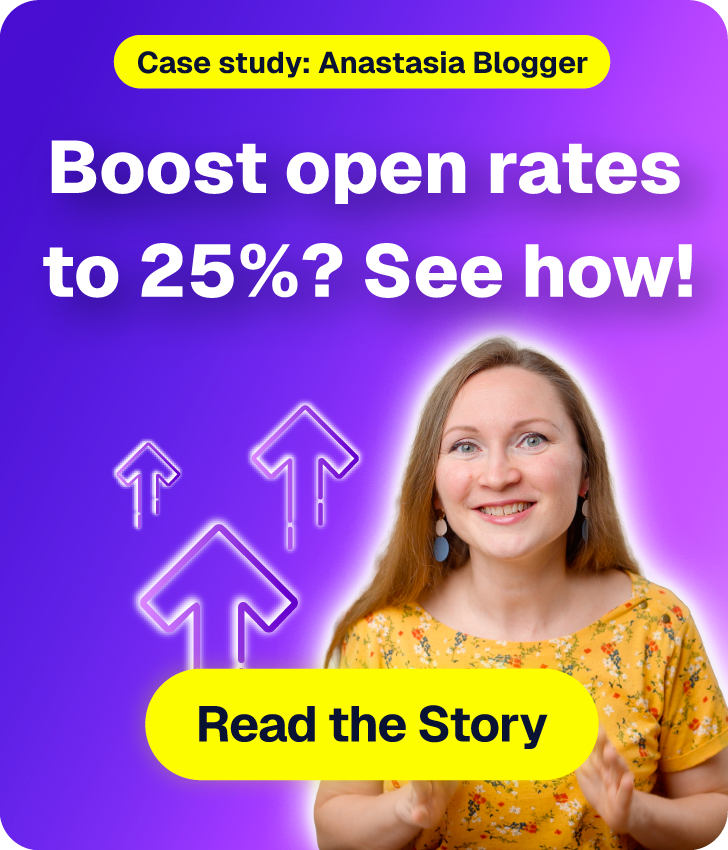
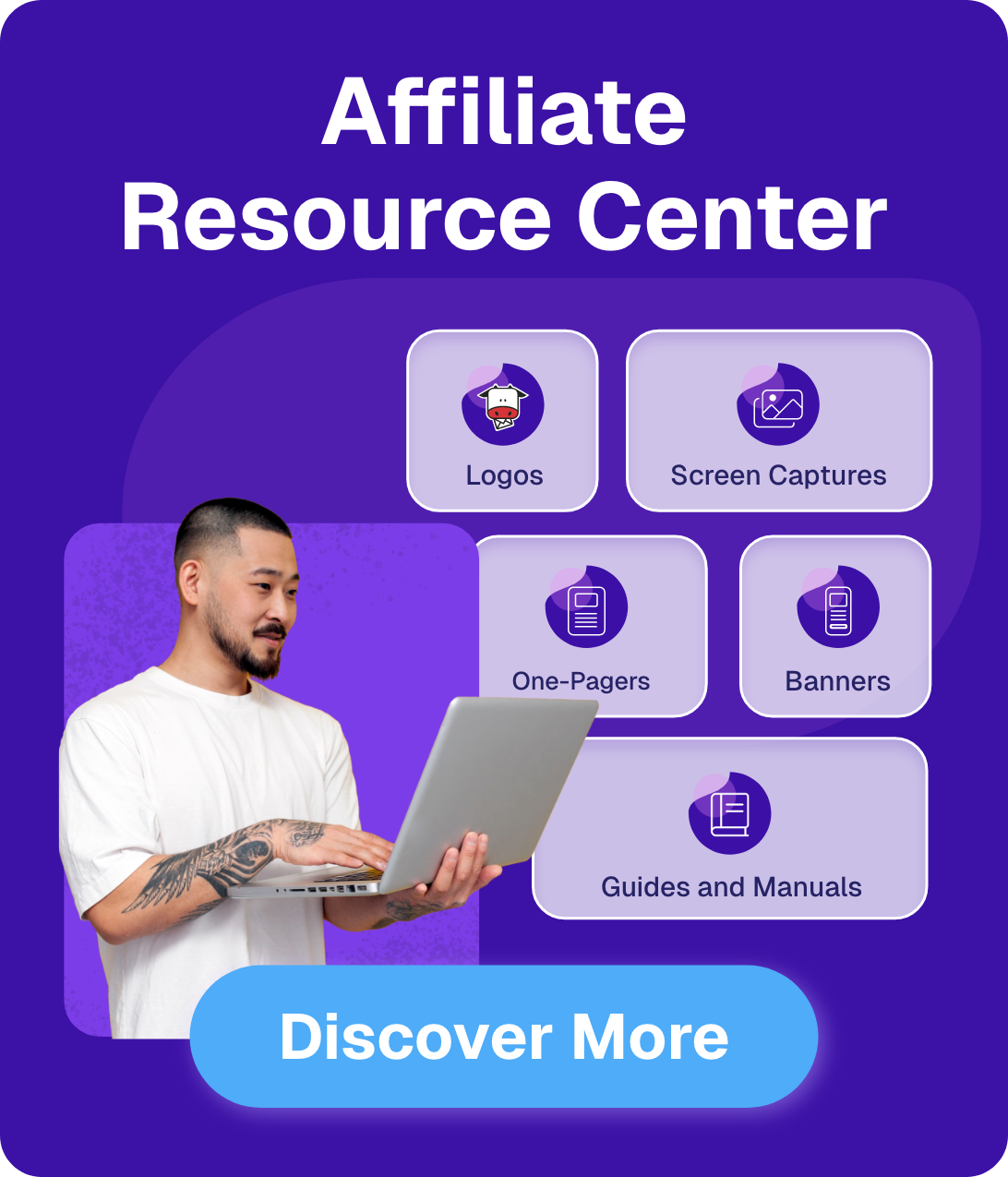

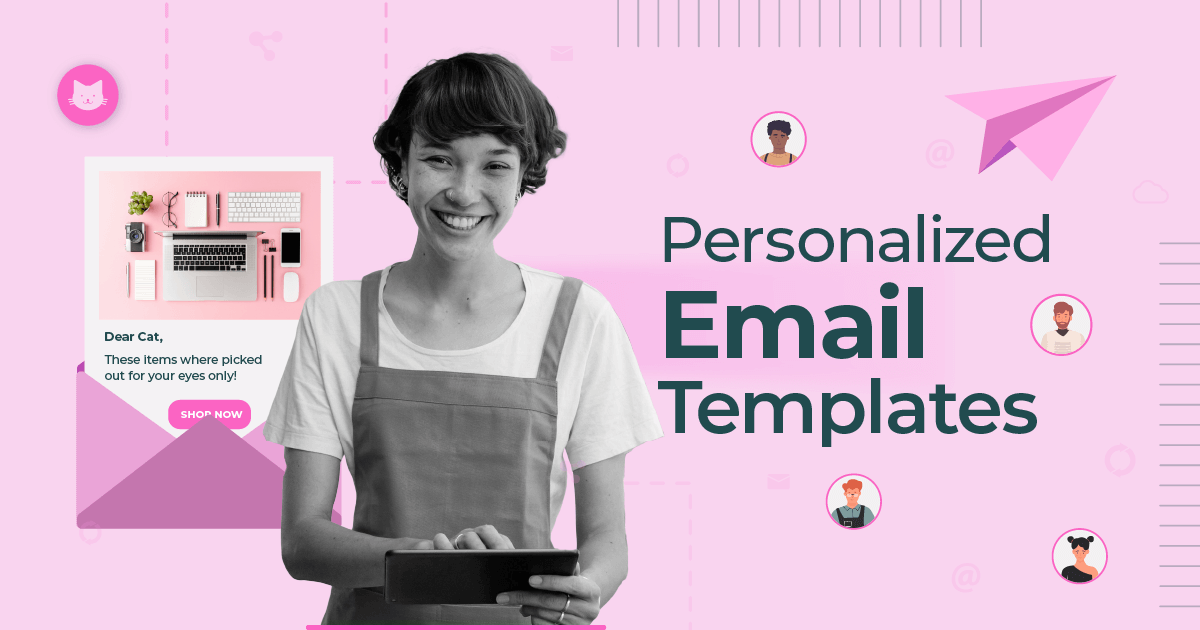
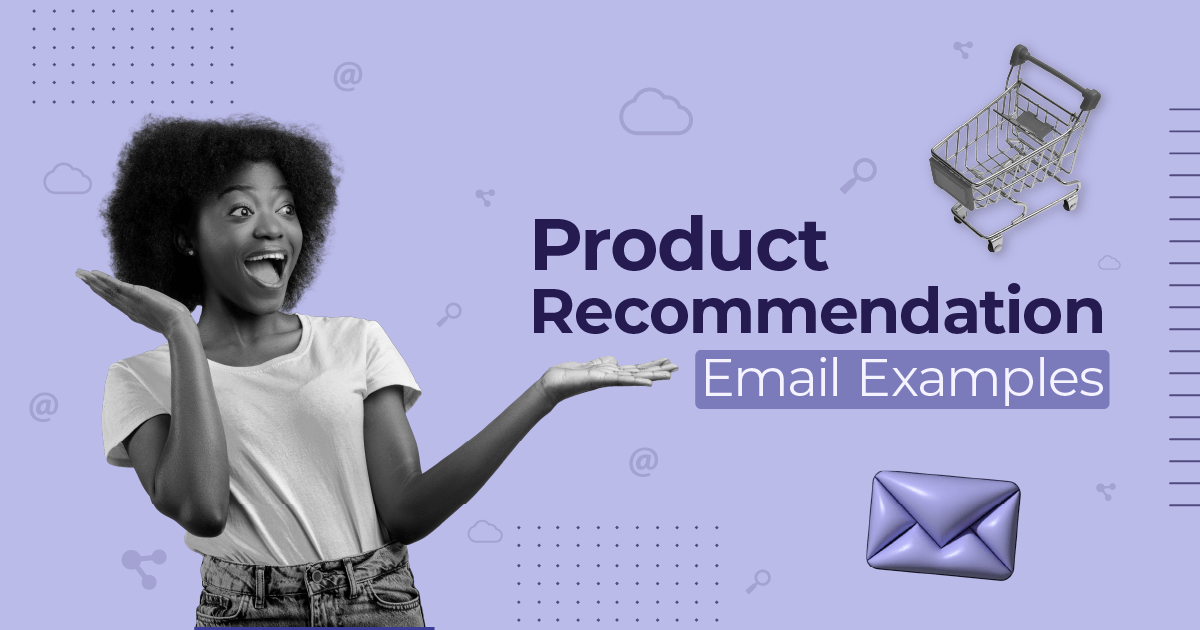
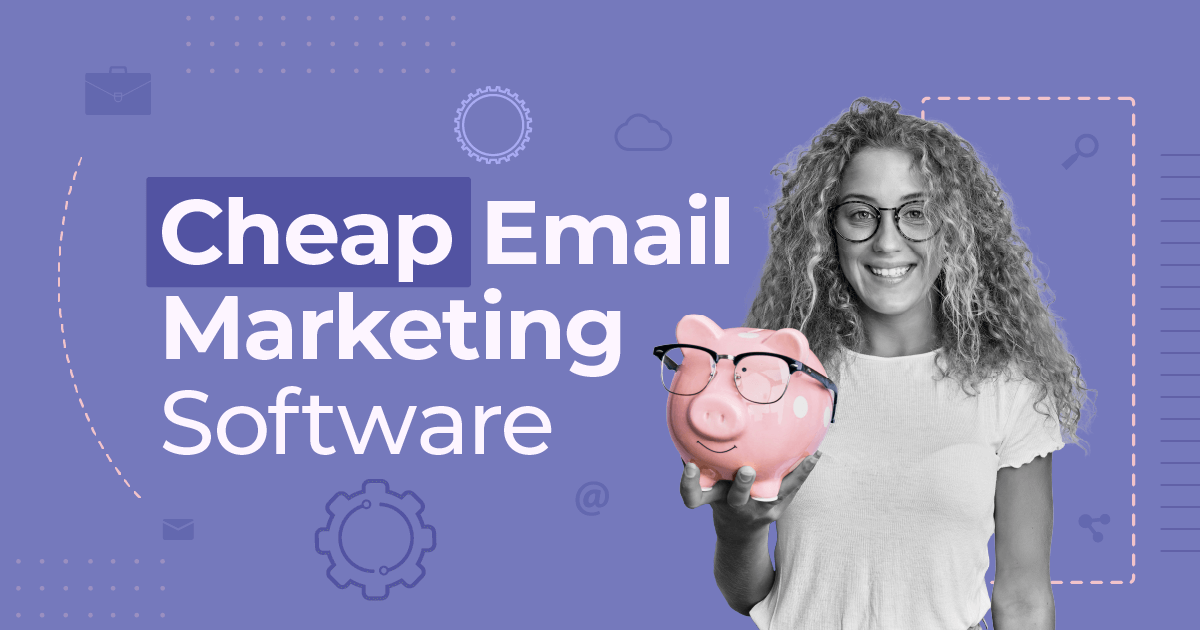
 Published by
Published by